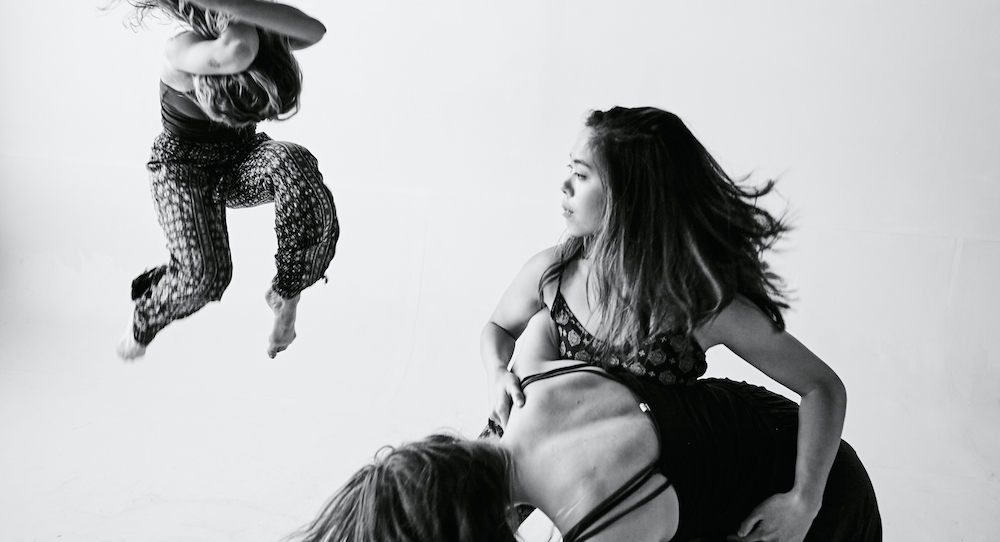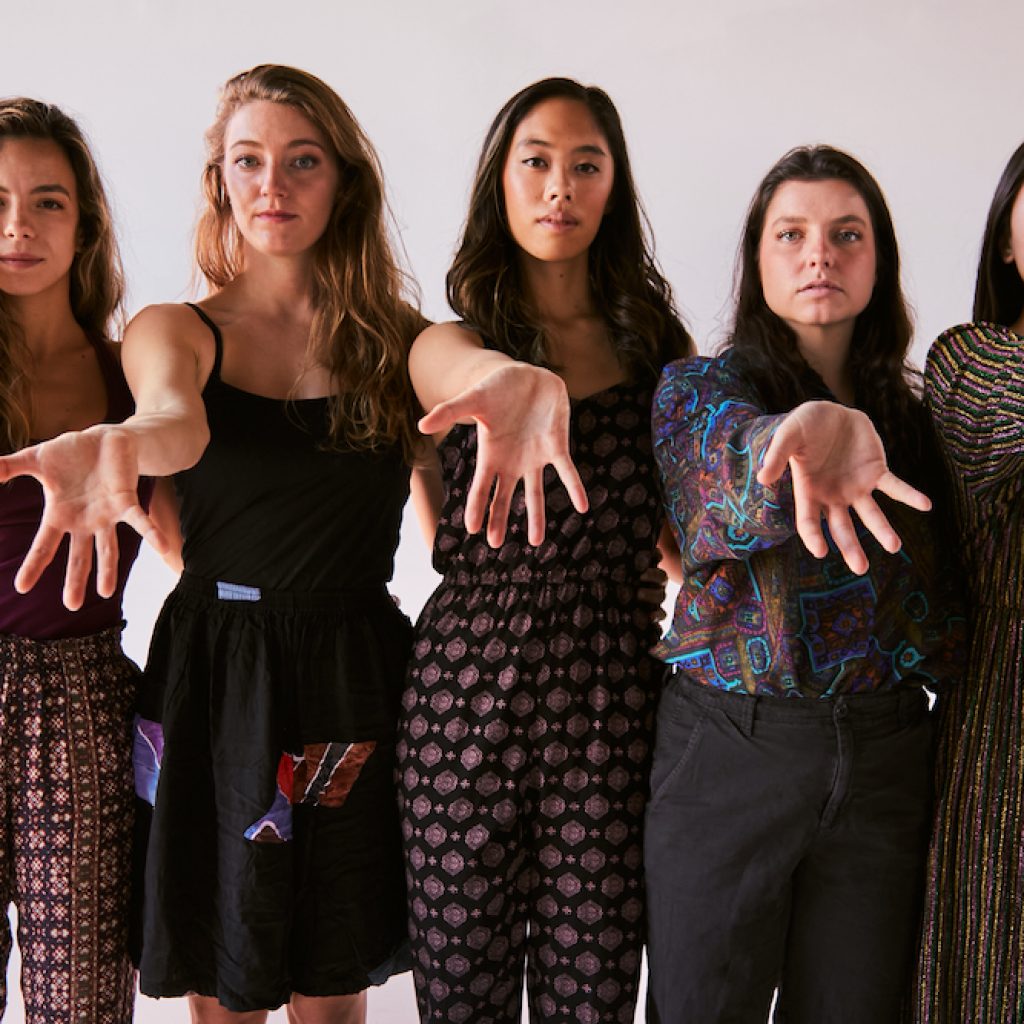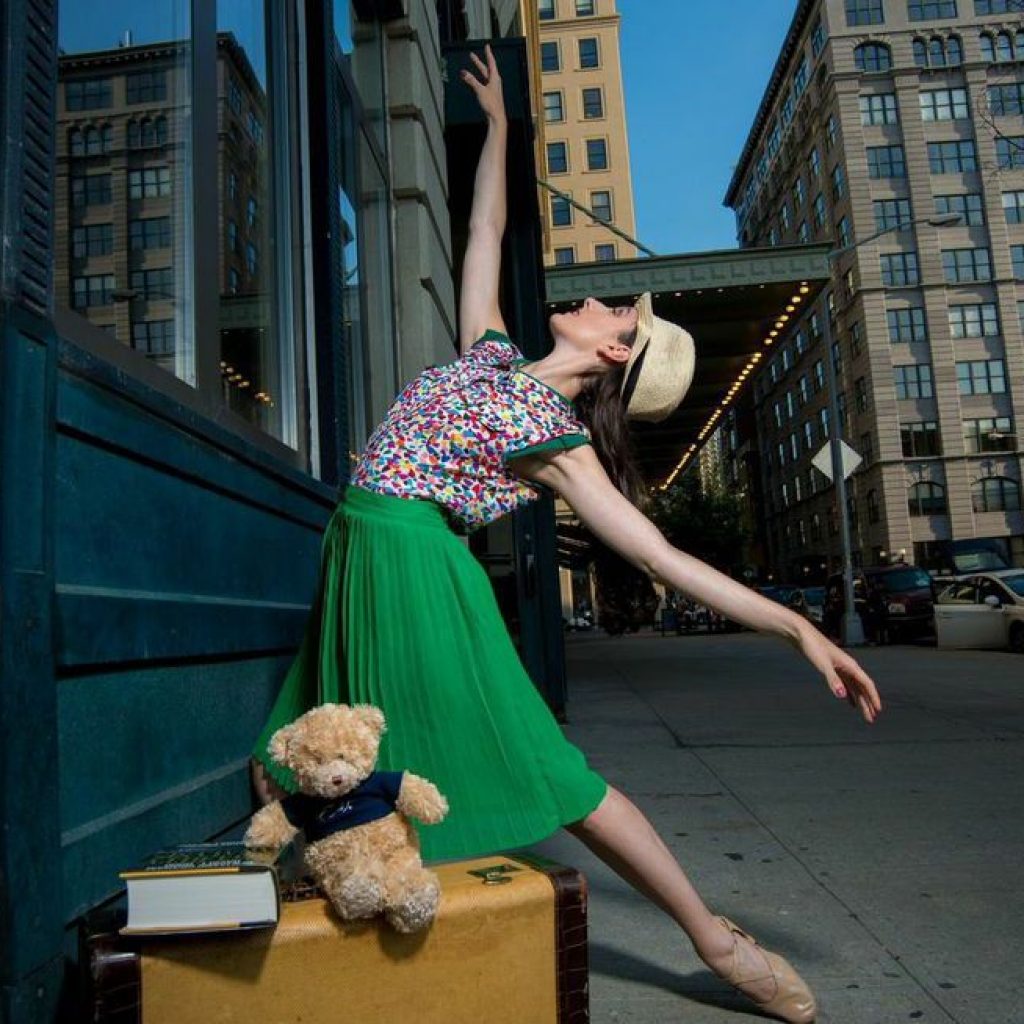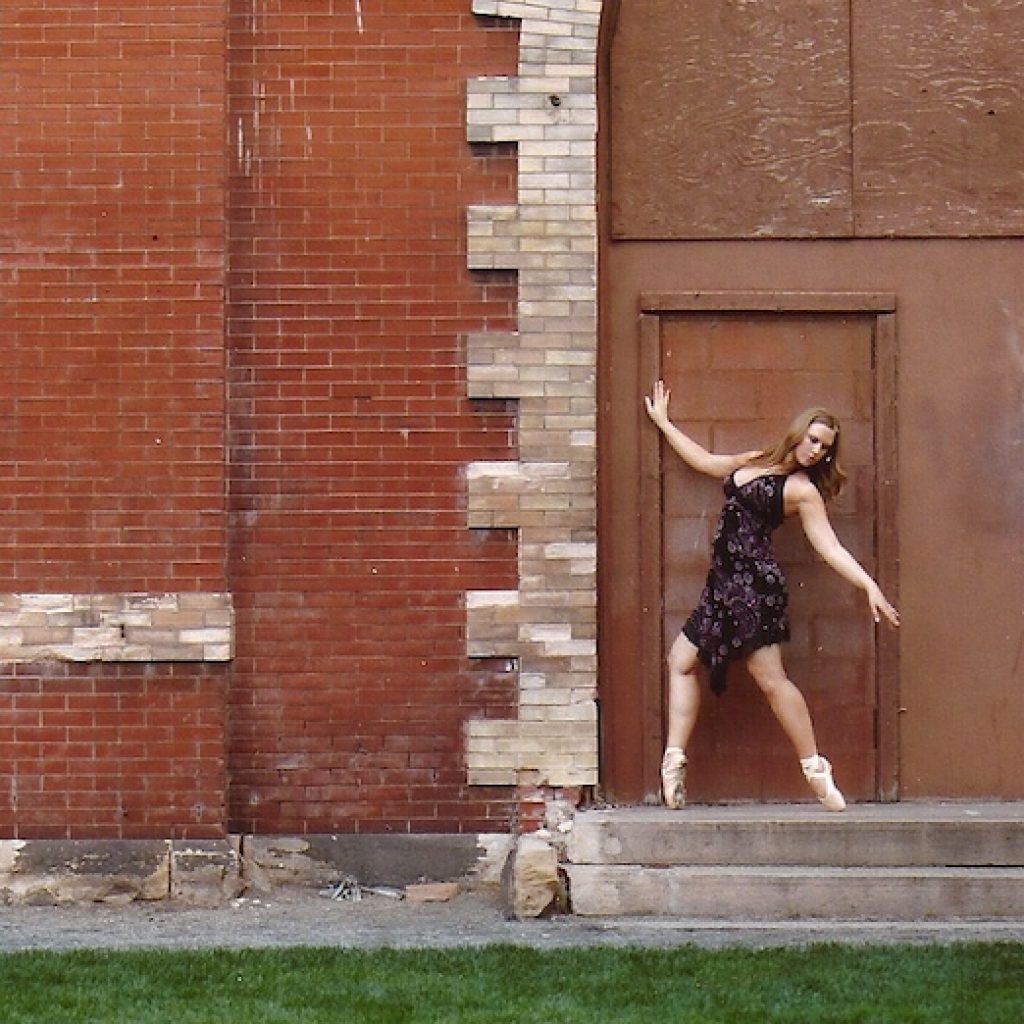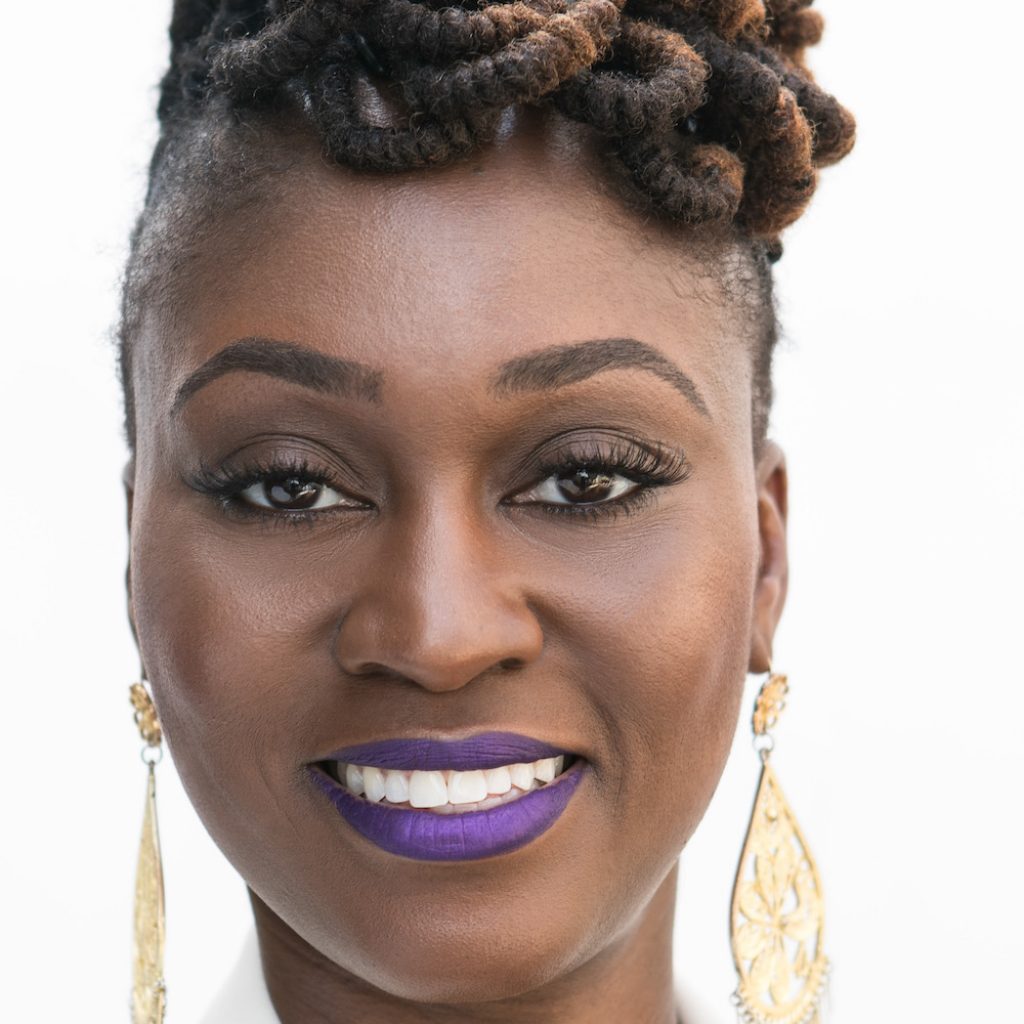We’ve all been there: you get cut at an audition, you don’t get the role that you want, you don’t get into the program that you adore, you don’t get the grant that you were crossing your fingers for. One could argue that such rejection and disappointment is just part of a dance artist’s life, and the creative life more broadly – but that doesn’t make it any easier to go through.
Tools and strategies to handle frequent disappointment can help us persevere – and then keep reaching for our vision of what our dance life and career can be. To learn more about these tools and strategies, those that can help artists like you keep at it even after rejection and the ensuing discontent, Dance Informa spoke with dance artists and movement-specialized mental health professionals for their insights and perspectives here.
#1. Shift from being stuck in the past to focusing on what’s possible in the future.
Dr. Chelsea Pierotti, a mental performance consultant for dancers, notes that “if you are experiencing disappointment, then by definition the thing you are thinking about is in the past….it’s over.” Therefore – although it does take conscious effort, she acknowledges – you can step forward into future action instead of being stuck in the past (such as with ruminating, or going over and over again in your head with the disappointment and associated negative emotions).
“You can’t change it, you can’t go back,” she affirms, so staying stuck in what already happened won’t help anything or anyone. On the other hand, doing that is completely natural, and it’s also not helpful (or healthy, particularly in the long run) to “stuff” the feelings down, she notes. A healthier approach is learning to process emotions, Dr. Pierotti says.
Acclaimed social worker, researcher and author Dr. Brene Brown describes emotions like tunnels: they just have to be moved through (there aren’t really shortcuts or holes on the side walls to crawl through). Healthy processing of emotions helps us move through the tunnels more smoothly, so that we can get to a brighter place on the other side faster and more easily.
Professional dancer and director Taylor Gordon also advocates for a future focus. She underscores that there are always more auditions and more opportunities. This one, one that might not have gone your way, is in no way the “be-all and end-all.” Our dance lives and careers all have their own timelines, and it all happens in its own time, she notes. So, although it can be hard, try to have patience with when that will be for you. “‘No’ now does not mean ‘no’ forever,” she reminds us.
Erin Carlisle Norton, artistic director of the Moving Architects and executive director of Dance New Jersey, shares her experiences of being rejected for grants. Those experiences demonstrate that even rejection isn’t a total loss, because it can come with a good deal of learning; those rejections have helped her to better understand the process and be more effective going forward.
For one, and as another tool for not getting too crushed by dance career disappointments, Carlisle Norton has learned “to not put too much weight or expectation into each application…or it’s simply too hard to keep going.” She’s also learned to be organized and proactive when it comes to grant application materials (which can also apply to audition materials like reels, resumes and headshots), and to do “research…and be realistic about my time and resources” when it comes to seeking opportunities in the first place.
Thinking of every rejection as a potential learning opportunity can help you grow as an artist and professional in the dance industry. Beyond that, by infusing some positivity, such an approach can make each of those difficult experiences a little easier.
One experience that Dr. Pierotti had when working with a client is one illustrative of the benefits of this learning and future-focused approach. This client didn’t make the cut for a dance team. Dr. Pierrotti helped her to shift her focus from the rejection itself to how she can hone aspects of her performance and audition skills, and through that be in a better position to not get cut next time. For example, this dancer made a choreography mistake – and then showed it in her face. She and Dr. Pierotti discussed how she can learn to perform through mistakes: to give it 100 percent no matter what.
#2. Focus on what you do have control over, and see the bigger picture.
Beyond how individual dance artists can learn and be better poised to avoid future rejection, there are so many factors out of one’s control – factors that have little to absolutely nothing to do with what one offers as an artist. Carlisle Norton has faced this on the grant side of things. Once, she was rejected for a residency grant program that she felt pretty confident she’d get. She later found out that economic factors within this organization were at play in their decision (something that had nothing to do with the strength of her application or her company’s work).
Gordon discusses this with respect to auditioning. Typecasting is an obvious force at play: you’re not tall enough, or too tall, or they’re seeing someone with darker hair color for the role when you have lighter hair, et cetera. Gordon also points to performance quality and how it might differ from technical ability, when it comes to how those on the other side of the table are seeing you; she’s gone to auditions where she may have had more technical training than many in the room – but she was still cut.
Over time, Gordon learned that her idea of “perfect”: every turn clean, long beautiful lines, not missing a count – that’s one thing. “Perfect” in terms of what directors and choreographers are looking for might be completely different, she explains. From that understanding, she’s learned to embrace some imperfections, to “let go” in ways that contribute to artistry and characterization.
Gordon has also learned to focus on what she, as a dancer, can do, no matter the nature of the “perfect” that the people on the other side of the table are looking for. She can keep getting to class to keep her technique in tip-top shape and continue honing her artistry. She can demonstrate good etiquette, cultivate dance industry relationships, build her versatility, and show up early and looking “put together” for the audition. If she gets cut, she can know that she’s done what she can do to be the most professional and capable dancer that she can be. What’s out of her control is out of her control. But ”you’re in charge of you,” she quips.
Dr. Pierotti also advocates for acknowledging this bigger picture at work; sometimes, we can just be genuinely confused as to why we got cut because we felt like we did incredibly well. Just like Gordon did, it can be enlightening to see what we offer from outside of our own perspective. From there, with respect to where we put our focus and energy, we can keep our eyes on the prize of what we can do going forward.
#3. Build emotional awareness, tools and strategies.
You might be thinking, okay, that all sounds great, but how do I do all of that, in terms of my own thoughts and feelings? Dr. Pierotti offers some great tools and concepts. First, work on building emotional awareness. “Disappointment can look like anger or other emotions, so it’s important to first understand your own emotions and recognize that the real reason you’re upset is disappointment,” explains Dr. Pierotti.
Second, recognize that disappointment is just part of being human. “Even the best dancers in the world have been severely disappointed more than once,” she notes. “If you can recognize that these feelings are normal and start to accept that everyone has to go through this at some point, you start to feel less alone.”
Next, reframe the experience. In other words, check in with the story that you’re telling yourself about what happened – and, if necessary, change that story to something more accurate and objective. “Write down what happened but try to separate the emotion from it. Stick to the facts,” recommends Dr. Pierotti. “If you can detach your emotions from what happened, then you start to regain power over the situation.”
Then we can change our “self-talk”, as Dr. Pierotti calls it. This can help us to shift from beating ourselves up, or – and at other times, feeling hopeless because it’s just all too hard and unfair out there – to gaining more “control over the situation,” she says. We can then put all of that mental focus and energy into how we can improve for the next time (see tip #1).
Finally, Dr. Pierotti advises seeking social support. Since we all experience rejection and disappointment at some point in our life, you’ll be able to talk to someone about it who can understand – to some extent – what you’re going through, she explains. “You don’t have to experience disappointment alone, so share your emotions with a trusted friend and then have that friend help you with the other steps. They can help you see the reality of the situation and recognize fact from fiction,” she says.
As another helpful approach, Ebony Nichols, BC-DMT, CAT-LP, advocates for the “pause”: a time to notice how you’re feeling and have compassion for yourself in whatever that might be. “You don’t have to justify your feelings or be productive right away,” she notes. “Acknowledge whatever you’re feeling, notice where it’s landing in your body.” Even something as simple as going for a walk and observing how you walk can offer useful information there; “how’s the speed, rhythm, movement quality, et cetera?” Nichols asks.
As another framework for observation in that “pause”, Nichols offers the “ABC” approach: A for affect (mood), B for behavior and C for cognition (thoughts). In the space of disappointment, observe the qualities of your mood, behaviors and thoughts, Nichols suggests. From that, you can gain information to help you answer this vital question: “What will bring you back to balance?”
#4. Remember that you’re a dancer, yes, but also so, so much more than that.
We dancers are a lot as people, a lot beyond being a dancer: we’re sisters, brothers, spouses/partners, friends, daughters, sons, cousins, students, pet parents, music lovers, film fans – and that list goes on. Dr. Pierotti notes that one reason that getting cut (or otherwise rejected) can feel so hard is because we sometimes identify as dancer – and not much more than that.
So self-identified, rejection can feel like a serious personal attack – rather than what is most likely, in fact, is: you’re just not what the director, choreographer or other power(s)-that-be were looking for on that particular day. If we can keep connected with all that we are outside of dancer, we can avoid feeling personally attacked in that way.
Gordon recommends something else that can help us to persevere, if not simply give us a warm feeling when we’re feeling down: remember why you love to dance. Remember what keeps you coming back to the barre, to the studio, to persevere through all of the challenging things in a dancer’s life. Yet, through all of that, “remind yourself of all of the important aspects to your identity, and dance is one piece of that,” recommends Dr. Pierotti.
By Kathryn Boland of Dance Informa.


